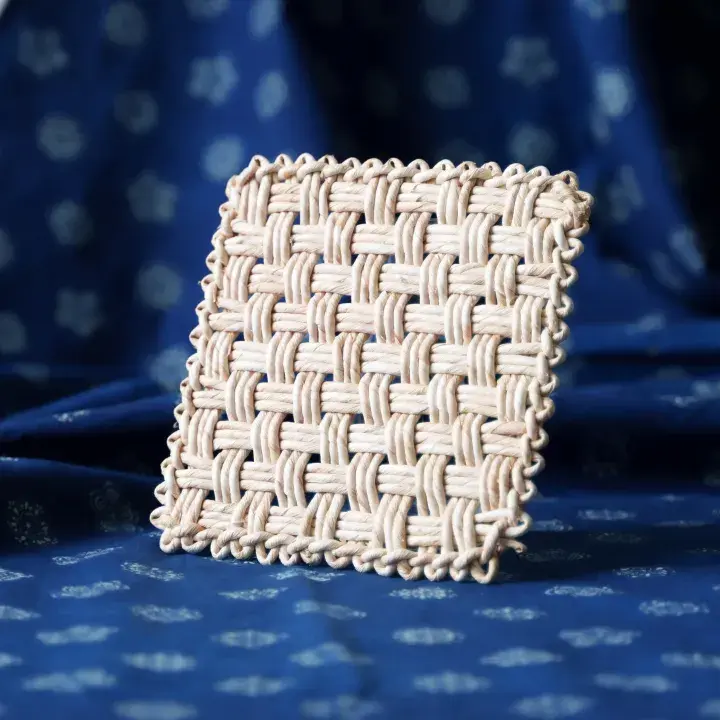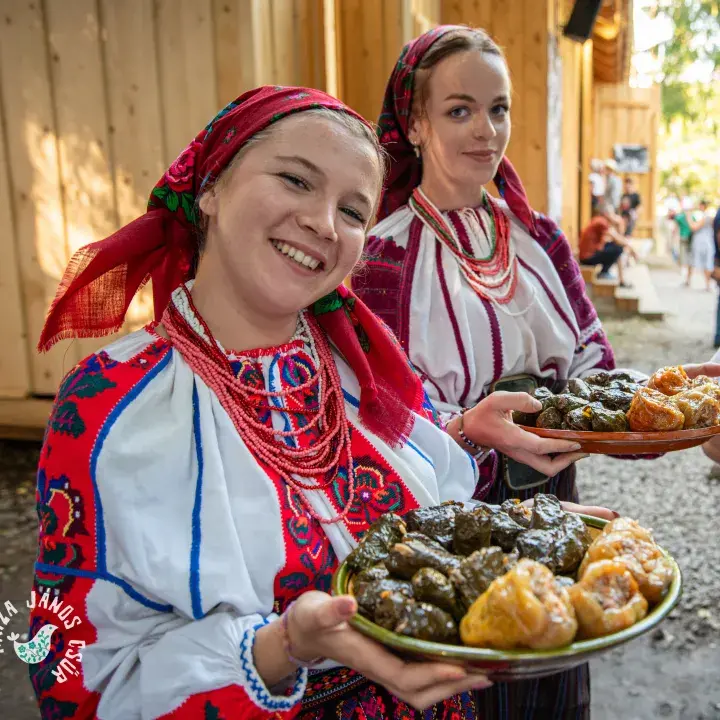Display panel:
"You must know and respect clay! If you don’t respect it enough, it behaves like a scoundrel in your hands, and all your efforts can be wasted," – said a potter.
Hungarian folk pottery was characterised by a wide variety of pot shapes (three-legged pots, jars, jugs, crocks), but the Turks, Habans and Saxons also had a great influence on it, as they added new decorative elements and new forms to Hungarian folk pottery. This craft was practically present all over Hungary. Pottery centres developed wherever good quality and sufficient quantities of clay were available. Such centres in Upper Hungary include Bélapátfalva, Hollóháza, and Sárospatak. In the Great Plain region, notable centres are Hódmezővásárhely, Mezőtúr, Tiszafüred, and Debrecen. In Transdanubia, to name just a few, there are Csákvár, Tata, Szekszárd, and Siklós.
Clay is hard when dry, but when exposed to water, it absorbs the water and becomes soft and dough-like, making it easy to shape by hand. It retains its shape after drying. Dried clay can be made pliable again with water. Clay hardens and becomes durable when exposed to high heat. Fired clay, or earthenware, cannot be softened again.
Clay was usually obtained locally, close to the villages where the potters lived. Potters would be familiar with the clay: not only its colour and texture but even its smell and taste. Clay deposits were broken repeatedly, mixed with water several times, and then trampled with feet on a cloth or wooden board to soften and make it more homogenous and remove air bubbles. Potters always worked with only as much clay as they planned to use that day.
Clay, as a raw material, goes through the following stages: preparation, shaping, drying, retouching, decorating, drying again, first firing, glazing, and second firing. The most well-known method is wheel-throwing. With wet hands, the clay is centred on the wheel head into a solid ball. From this centred lump of clay, a pot can then be formed. During retouching, the thrown clay pot is wiped with a damp sponge. Pure clays fire to white, greyish, or yellowish-white hues, while yellow-tinted clays develop a red colour during firing. The surfaces of the pots can be decorated with appliqué, incising, or painting.



